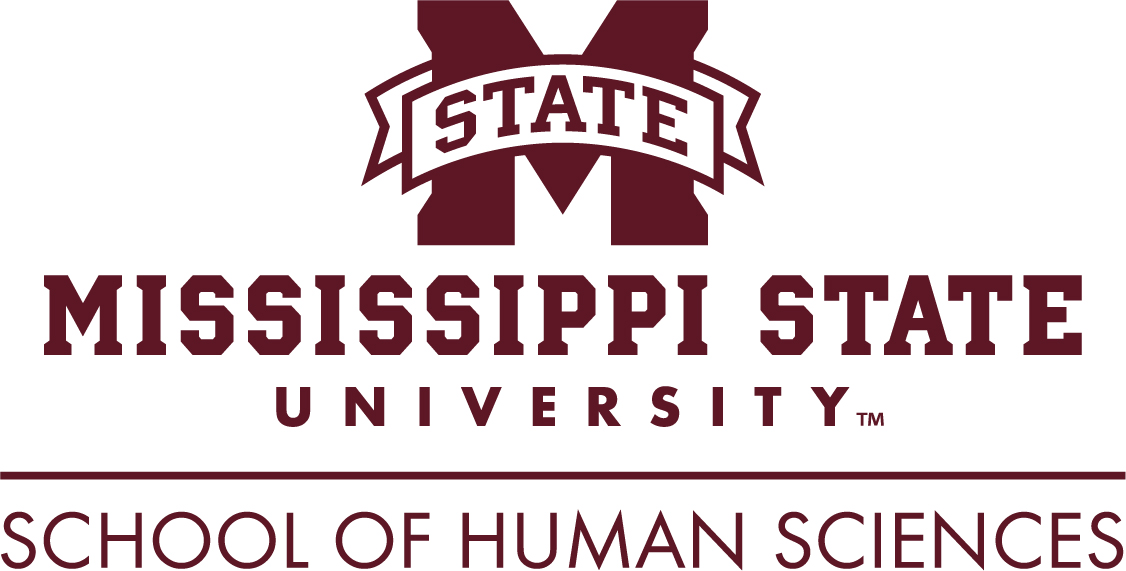Abstract
The objective was to determine if individuals could plan a diet that met the Dietary Guidelines (DG) using MyPlate as a guide. Participants (n=73) were 38.9±17.0 years of age, with 97% being Non-Hispanic White, 95% having some college education, and Body Mass Index (BMI) of 26.7±5.9. Participants used MyPlate to plan a one-day menu using food models. Nutrition literacy, nutrition scanning behavior, and nutrition information-seeking experience were assessed. Menus were analyzed using Nutrition Data Systems for Research and were compared to individualized DG recommendations. A multiple linear regression examined what characteristics predicted energy difference scores (difference between energy from menu and DG). Participant menus were lower in energy, grains, and dairy; and higher in fruits and vegetables than DGs (p < 0.001). The regression model was significant (R2 = 0.24; p < 0.01) with sex (B = -386.92; p < 0.05), BMI (B = 29.29; p < 0.05) with nutrition information-seeking experience (B = 44.90; p < 0.05) predicting energy difference score. Being male, having a higher BMI, and experiencing more frustration during nutrition informationseeking were associated with higher energy difference scores. It was challenging for this sample of well-educated individuals to make food selections that met the DGs.
Recommended Citation
Bachman, J.,
Christaldi, J.,
Tomasko, A.,
&
Castellanos, D. C.
(2016). Translating MyPlate into Food Selections that Meet Dietary Guidelines Recommendations.
Journal of Human Sciences and Extension, 4(3), 7.
DOI: https://doi.org/10.54718/NMVR6979
Creative Commons License

This work is licensed under a Creative Commons Attribution-NonCommercial-No Derivative Works 4.0 International License.


